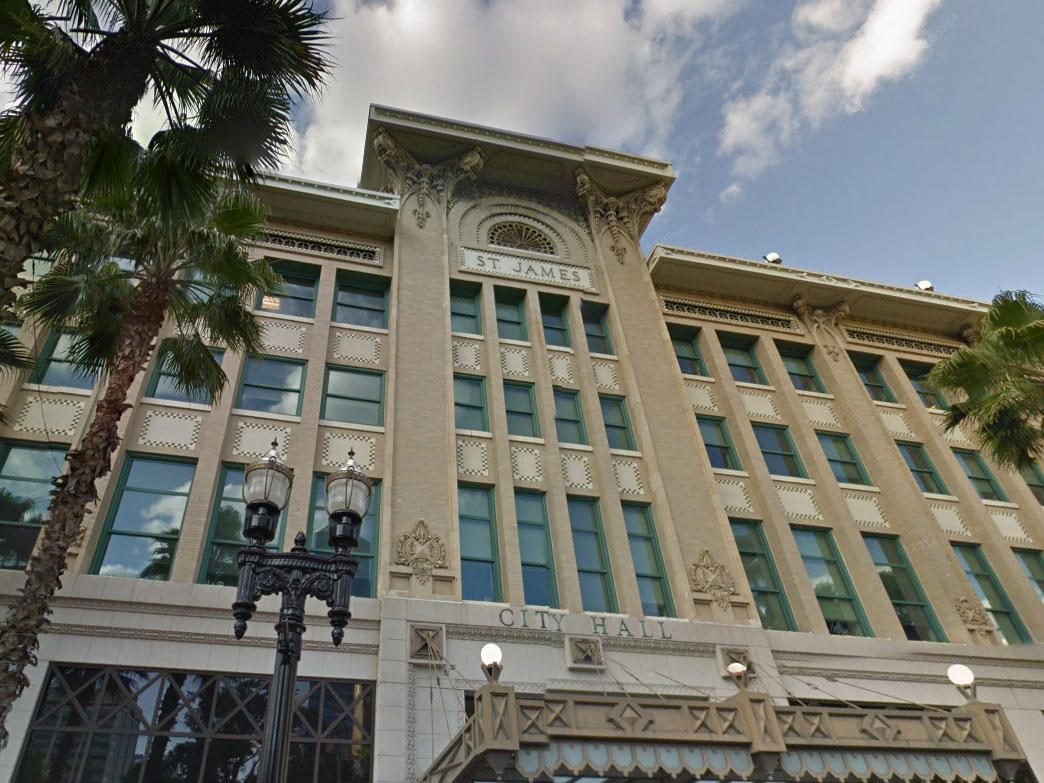
A bill the Jacksonville City Council will consider Tuesday makes real changes to the Tourist Development Plan for the first time since Hans Tanzler was mayor.
The Tourist Development Council had its say on the measure Thursday. However, Council President Lori Boyer did most of the talking.
Boyer noted there was “some consternation” among TDC board members about the plan, specifically related to its semantics.
Visit Jacksonville, Boyer said, is an eligible entity for funding.
Boyer said the bill was an attempt to make sure what is being done aligns with statute, and that Thursday offered an opportunity to provide meaningful feedback.
One component of the plan that’s new: a “tourist bureau,” essentially a “hub to make information available to tourists” regarding food, lodging, and so on.
Boyer also discussed the “marketing component” of the plan, including brochures, a visitor’s magazine and the like for internal marketing, as well as external marketing, such as targeted digital ads and television spots.
The two types of marketing are combined in the plan, said Boyer, though some components, such as a website and a visitor’s magazine are required, whereas targeted external marketing is not compulsory and subject to decisions made on an ad hoc basis.
The third component of the plan: driving convention business, including marketing to meeting planners, and “everything associated with meetings and groups.”
The fourth component: the development of facilities, which is a holdover from the extant plan from the 1970s.
There will not, said Boyer, be a new convention center study; however, a study of how many tourists an aquarium would attract could be part of it.
The fifth component: special event grants, which the TDC would evaluate and offer recommendations on within six months, taking into consideration what is done in other counties.
A scoring matrix, Boyer said, is a possibility.
Grant awards for attendance of 25,000 tourists or 10,000 room nights, Boyer added, would be limited to $250,000. For 5,000 and greater, held at public venues, would be capped at $100,000 in grant money.
“This is all subject to change,” Boyer said.
Still another component: acquisition and/or improvement of publicly owned facilities. Boyer noted sports facilities are excluded from this, though the arena is not.
“Would something we do to one of those facilities bring in tourists?” Boyer said.
Boyer said this could be for “any permissible use,” ranging from a revived Country Superfest to a Super Bowl.
From there, “minimum allocations.”
Of the two cents of the bed tax allocated to the Tourist Development Plan, anticipated revenue this fiscal year is $7.4 million, up $600,000 year-over-year. The proposed funding formula sees shifting budgetary allocations as revenue increases.
Out of the first five million, 71 percent goes to advertising, PR, and marketing to “promote tourism,” with 24 percent going to fund events that promote and advertise tourism, targeting tourists from outside the area. The additional five percent goes to convention bureaus, tourist bureaus, and visitor information centers.
From the next million dollars, there is a shift in ratios: 40 percent goes to advertising and the like to promote tourism, 20 percent goes to fund events that bring in tourists from outside the area, and 40 percent goes to “fund any other authorized use under state law with city council approval.”
Above $6 million, there is another shift in the formula: 50 percent of that money goes to promotional efforts, 25 percent goes to “any other authorized use under state law with city council approval,” and the last 25 percent goes to “acquire, construct, expand, repair, improve and operate publicly owned convention centers, auditoriums, aquariums, or museums.”
Boyer said that the upper reaches of the plan offer “flexibility” and “room for variations.”
“I was trying to set the minimum level low enough” to offer flexibility, Boyer said, noting this is a “three-year plan,” allowing the plan to stay “fresher and more relevant to what’s going on.”
Boyer noted in discussion there is a possibility of increasing the visitor’s center budget in the years to come, with the idea of “actually implementing something [planned] 20 or 30 years ago that wasn’t done.”
In doing so, highway signage and other means of increasing visibility are on the table, to promote Jacksonville’s attractions.
The bill in question amends the budget for the remainder of the year, Boyer said, making allocations that align with the proposed plan.
The bill, said Boyer, has gone through all three committees, and she is optimistic it will pass Tuesday.
“It is reasonable to expect it will come out Tuesday night,” Boyer said.



